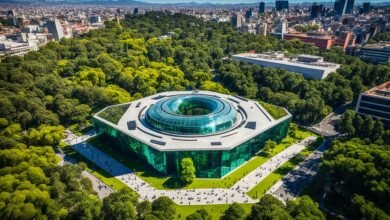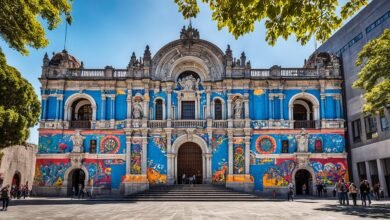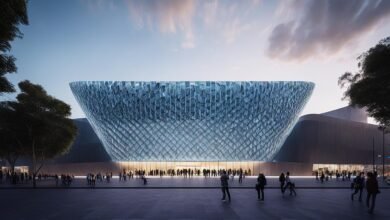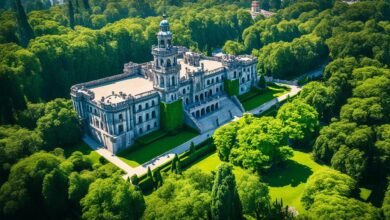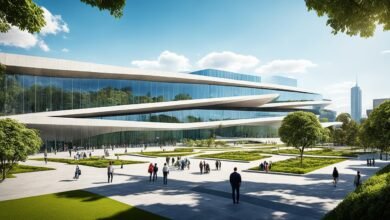Mexico City has long been a center of anthropology and history. In recent years, it has also become one of the most popular cities in the world for art, design, and architecture, and it has the institutions to prove it.
Mexico City is packed with fascinating museums, both grand and far-reaching and intimate and focused. Whether you are interested in art, architecture, anthropology, or history, there is something for you in this world capital. Here are some of our favorites to help you get started on a cultural tour of Mexico City.
MUAC (University Museum of Contemporary Art)
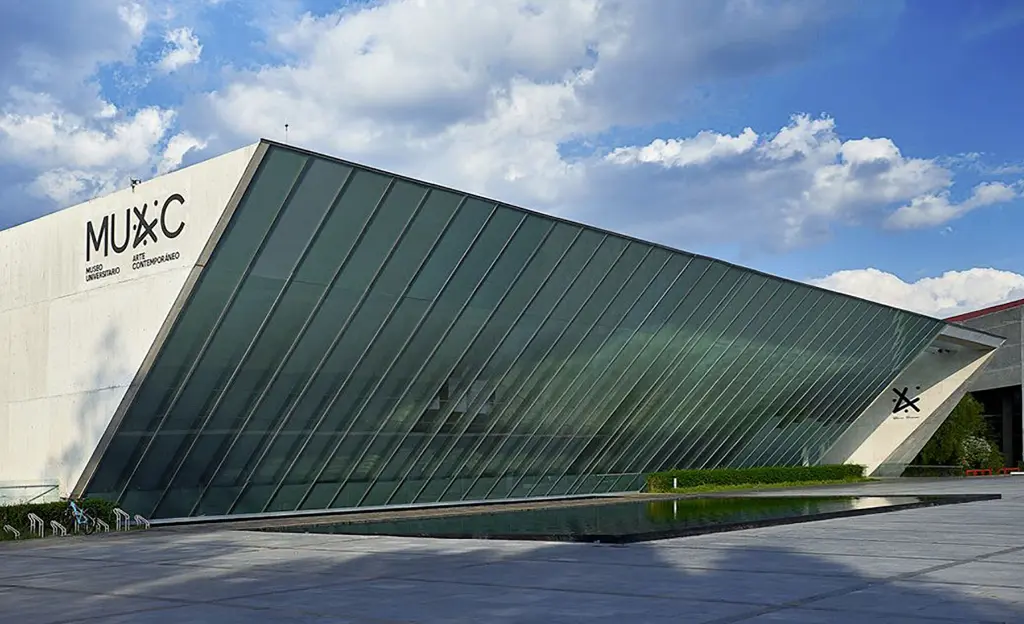
The MUAC is a 14,000-square-foot contemporary art museum located on the grounds of Mexico City's largest public university. The building itself, designed by architect Teodoro González de León, attracts architecture and design fans. The art within, a collection of contemporary Mexican artworks from the 1950s onwards, ranging from paintings and drawings to video and sound installations, attracts contemporary art fans from around the world. The university grounds (which are located in an ecological reserve) are also a popular place for families to hang out on the weekends.
Popular art museum
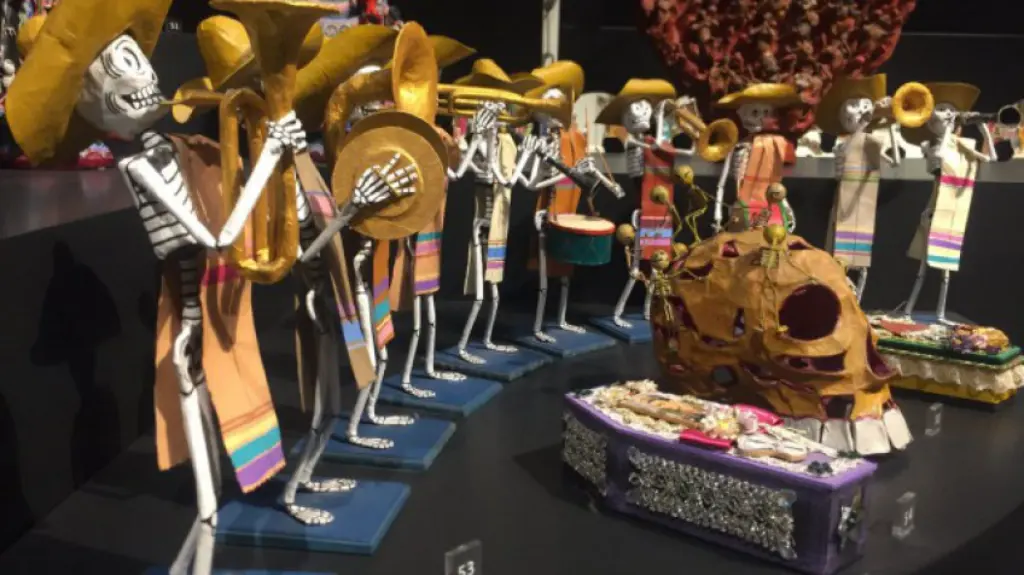
The Museo de Arte Popular, located in a white Art Deco building in the historic center of Mexico City, focuses on the diversity of popular art and crafts in Mexico, exhibiting pieces ranging from ceramics to textiles and everything in between. . It is a great place to learn more about the indigenous people of Mexico through their creative works. There are usually two or three non-permanent exhibitions at the same time. They all focus on crafts, some delve into a particular craft or material, and others focus on how a theme is represented throughout Mexico. The museum is known for hosting an annual nighttime parade of large carved figures called alebrijes.
Rufino Tamayo Museum

The Tamayo Museum was founded by Ruffino Tamayo in 1981, when the Mexican artist donated his own works, in addition to a huge collection of international contemporary art, with the aim of showing 20th-century art to the public. The building, designed by Mexican architects Teodoro González de León and Abraham Zabludovsky, is made of reinforced concrete and white marble stone.
One might assume that such heavy materials would feel like an intrusion in the middle of Chapultepec Park, where the museum is located. But the low design and natural tones allow the building to hide among the trees. Inside, glass walls and light wood floors make the gallery spaces feel contemporary, open and spacious.
Palace of Fine Arts
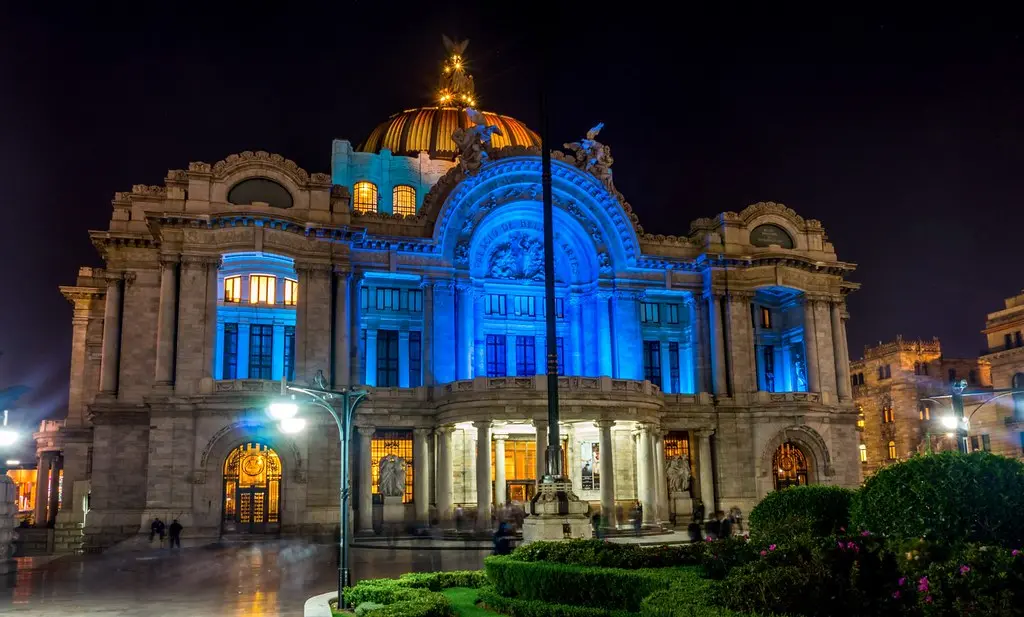
The Palace of Fine Arts (Palacio de Bellas Artes) is one of the most emblematic and grandiose buildings in the historic center of Mexico City. The architecture alone is worth a visit: the opulent and striking façade has Art Nouveau and Neoclassical influences and the multiple domes are covered by an intricate latticework of Marroti iron and glass.
The interior spaces are overwhelmingly vast: the top floor of the cultural center is home to some truly impressive murals painted by Mexico's best-known muralists: Diego Rivera, José Clemente Orozco, David Alfaro Siqueiros, and Roberto Montenegro. Elsewhere, there is the National Theater, the National Museum of Architecture, and other museum spaces dedicated to popular and fine arts exhibitions.
Anthropology National Museum
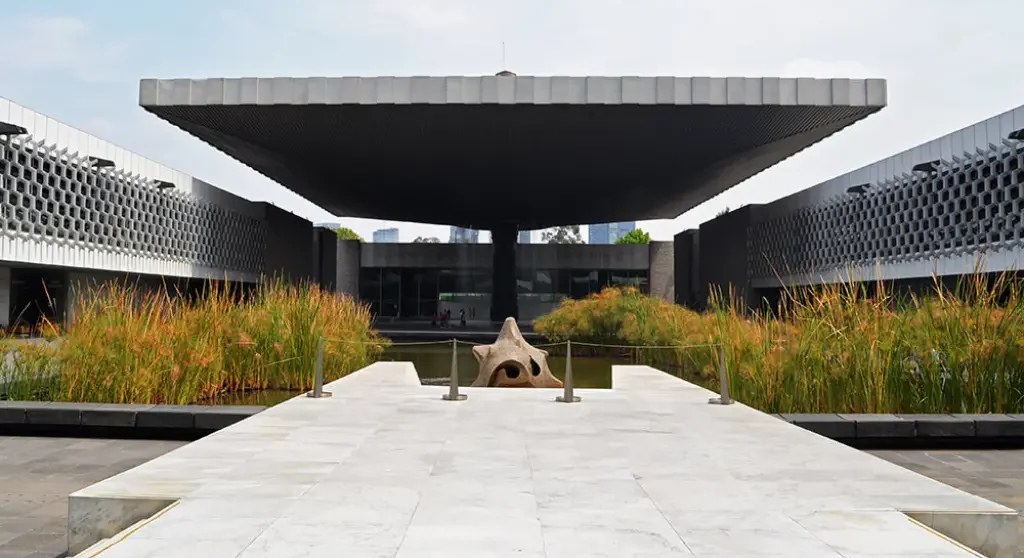
This enormous building in Chapultepec Park is among the most famous museums in the city, perhaps surpassed only by the Frida Kahlo Museum. Although the late Mexican architect Pedro Ramírez Vázquez designed it in 1964, the gigantic building still looks as avant-garde today as it did then.
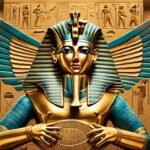 Explore Top Egypt Museums – Must-See Attractions
Explore Top Egypt Museums – Must-See Attractions
(How exactly does that giant concrete slab float over a pond?) The museum houses the world's largest collection of ancient Mexican artifacts. Some of the most iconic Mesoamerican artifacts discovered to date can be found in 23 rooms. If you want to understand the history of Mexico, a visit here is a must.
Frida Kahlo Museum
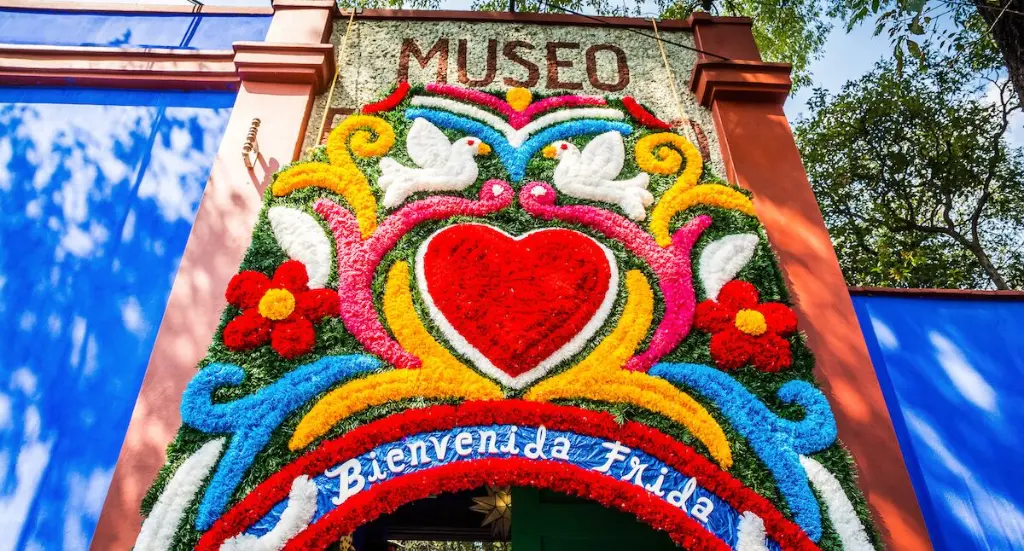
The museum, also known as the “Blue House” for its striking cobalt blue exterior, is where Frida Kahlo was born, raised, lived, and died. Visitors can see some paintings by Kahlo and her husband, Diego Rivera, as well as other contemporary artists from her time. But perhaps most interesting is the voyeuristic window into her creative world.
The house is carefully preserved and maintained; It is easy to imagine the spaces as they were during Kahlo's time. In addition to her personal effects and household materials, the collection of clothing and corsets that Frida needed to support her body after her traumatic accident give an intimate look at the artist's everyday struggles.
Dolores Olmedo Museum

The late Mexican businesswoman Dolores Olmedo converted her property into a museum in 1994, eight years before her death. The grounds, which are home to peacocks and hairless Mexican dogs (Xoloitzcuintle), as ugly as they are cute, are as impressive as the hacienda-style architecture and displays of Mexican art.
Olmedo's private collection includes works by Diego Rivera and Frida Kahlo, as well as Mesoamerican sculptures and figurines. Visitors can also learn about Olmedo's fascinating life by visiting her private rooms, filled with family photographs and works of art collected during her numerous travels.
Papalote Children’s Museum
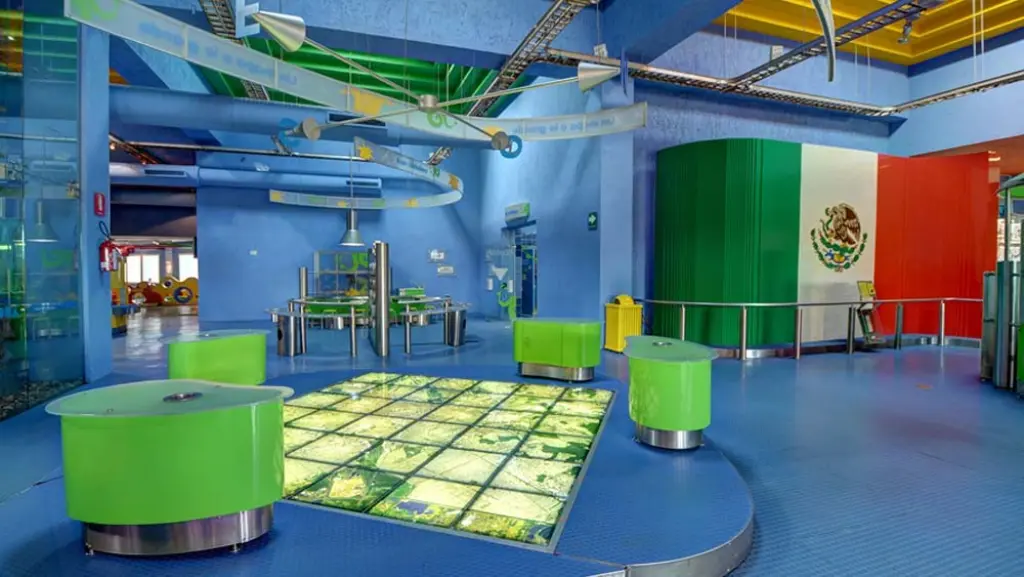
This huge museum located on the edge of Chapultepec Park is packed with interactive activities and even an IMAX theater. Imagine everything you loved to do as a child, and your child (well, you) can do it here: blow huge bubbles, sit and listen to stories, shop at a child-sized supermarket. The interactive exhibits are great for entertaining short attention spans, and the hands-on staff is helpful in guiding you to your next activity. All parents who come here imagine that their children will be bored after two hours; chances are you'll get three or four, at least.
The Franz Mayer Museum
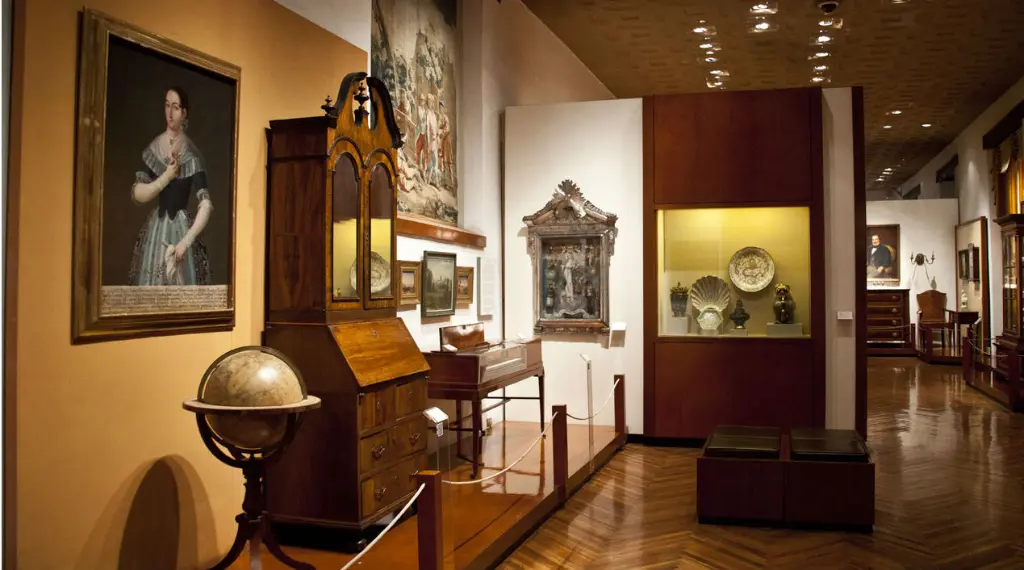
German financier Franz Mayer amassed an extensive collection of Mexican silver, ceramics, textiles, and furniture in his adopted country. This private collection is now on permanent display in the museum that bears the same name, in the historic center of Mexico City. Beautiful everyday objects also include maps, globes, rugs and books from around the world. After a free guided tour, stop for a bite to eat at the hotel's café, located in a central courtyard that allows you to take in the architectural details of the building: it was once an 18th-century monastery and hospital.
Kurimanzutto
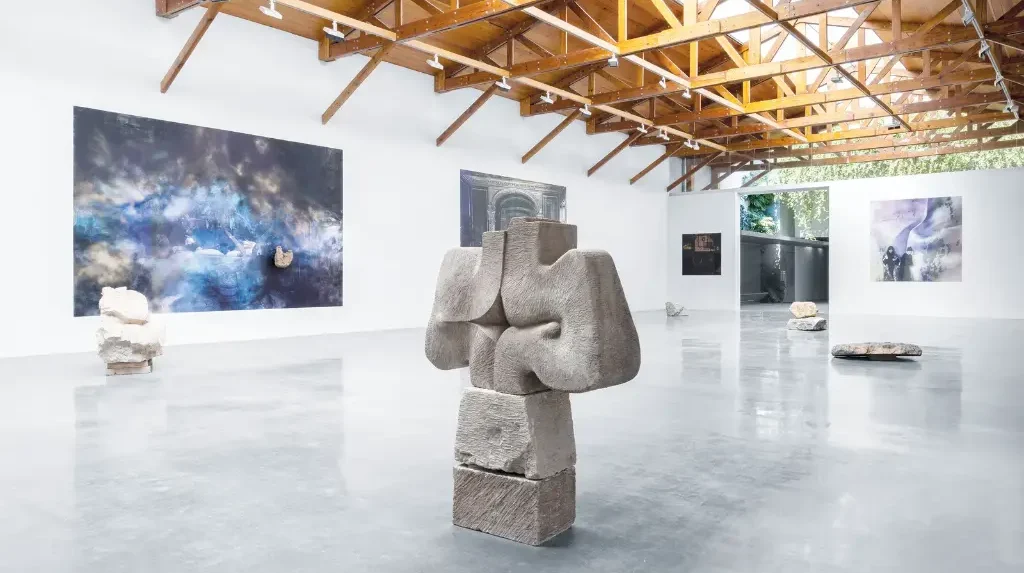
Art dealers Mónica Manzutto and José Kuri opened Kurimanzutto almost 20 years ago to showcase modern Mexican and international artists. The small modern art gallery, on a residential street near Chapultepec Park, exhibits modern Mexican and international artists. The exhibits are displayed in a large warehouse-style room; They change regularly and vary greatly in theme, although most focus on a single artist. The gallery has represented artists such as Gabriel Orozco, Damián Ortega, Gabriel Kuri, Abraham Cruzvillegas, and Dr. Lakra, known internationally (Orozoco, for example, has just exhibited at Art Basel Hong Kong) but whose work is deeply connected to History and Mexican culture.
Luis Barragán House and Studio
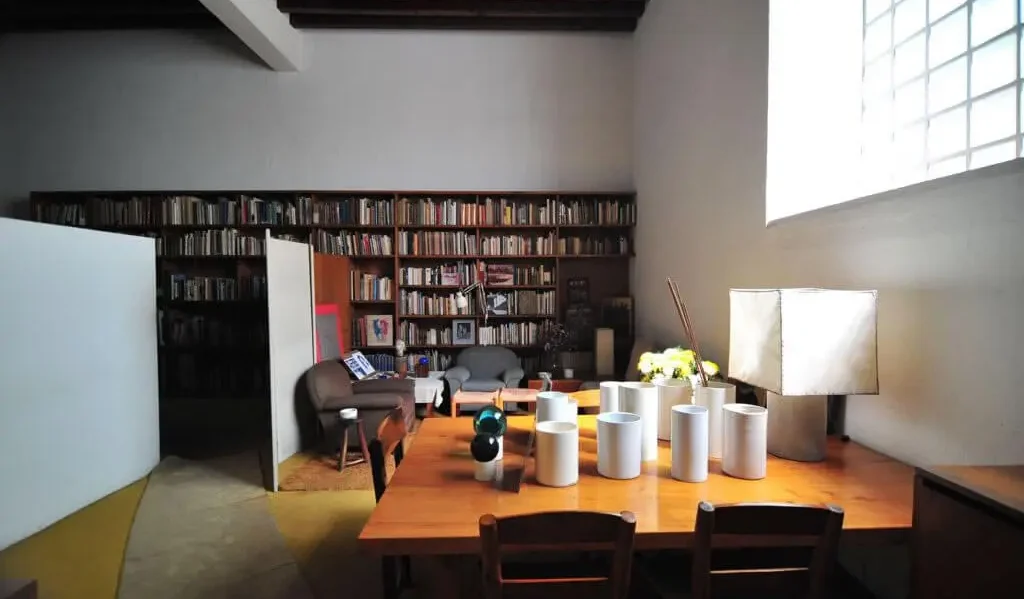
The former home and studio of Pritzker Prize-winning architect Luis Barragán has been transformed into a museum in the Hidalgo district of Mexico City. Lovers of architecture and design frequent the property to study the artist's ingenious use of color, light, shadow, form and texture. From the street, you'd never guess the personality hidden inside – the deep gray façade humbly blends in with the neighboring houses – but walk inside the estate and you'll find striking walls in a kaleidoscope of bright colors, fountains, and fountains. and swimming pools.
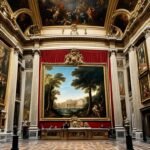 Doria Pamphilj Gallery Rome: Uncover Art Gems
Doria Pamphilj Gallery Rome: Uncover Art Gems
Museum of the Object
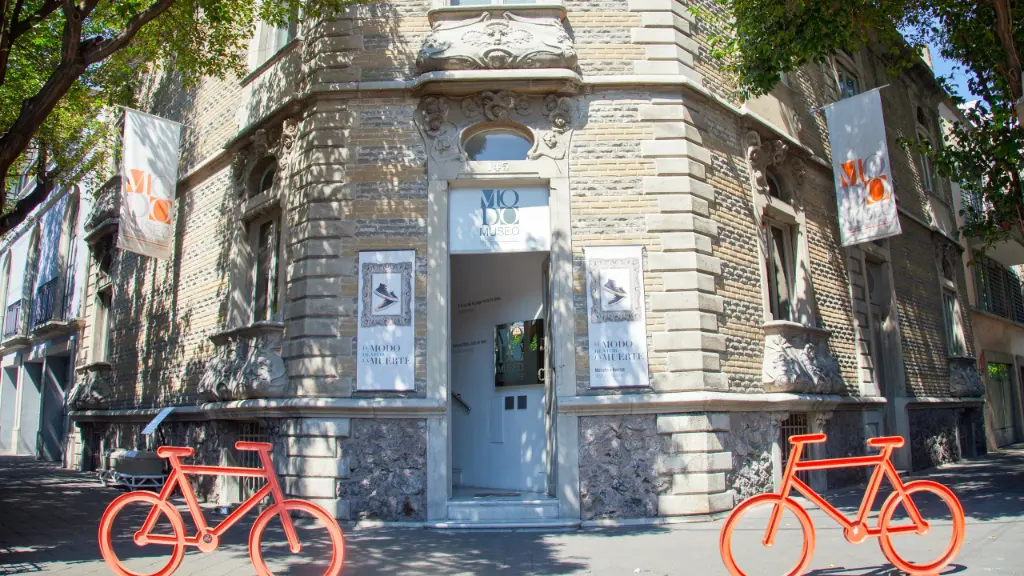
The exhibits at this laid-back boutique museum, housed in a small former house in the bohemian Roma Norte neighborhood, are spread over three floors. The museum does not have a permanent collection, but rather exceptionally curated exhibits that rotate every three to four months. Topics vary dramatically, covering topics such as “the drinks of Mexico” and “Mexican soccer,” but always offer an interactive look at a particular topic. By examining everyday items (often related to design and communication) in an abstract way, the museum's curators hope to spark a broader conversation about society.
A LOT of Chocolate Museum

This museum, located in a house built in the early 20th century, is entirely dedicated to chocolate, as cocoa is native to Mexico and was first domesticated in Mesoamerica. Most exhibits offer historical information, but some “sensory exhibits” are interactive (i.e. delicious chocolate flavors). The museum also hosts chocolate-making workshops and other courses. Although MUCHO is one of the city's lesser-known museums, its popularity is increasing.
Museum of Modern Art
The Museum of Modern Art (Museo de Arte Moderno) is a Mexico City institution located in Chapultepec Park. The building itself is circular in shape; In its center there is a large dome, which bathes the interior spaces of the gallery in a golden tone. The exhibitions show contemporary art by Mexican and international artists (Diego Rivera, José Clemente Orozco, David Alfaro Siqueiros and Rufino Tamayo). The works span a variety of media: painting, sculpture, photography, multimedia, etc.
Frida Toy, Art-Object Museum
Think of this space as a museum within a museum: it's essentially the basement art gallery and exhibition space of Indianilla Station. (It sounds incomplete, but we promise it's not!) The collection is made up of toy-art objects made specifically for international biennial festivals by influential artists who have lived in Mexico, such as Fransisco Toledo, Leonora Carrington and Vicente Rojo. It's the perfect place for Mexican art enthusiasts who think they've seen it all.
National Palace (National Palace)
Diego Rivera's famous mural “The History of Mexico” shows the history of the nation, from the Aztec era through the conquest to the Revolution and the development of industry. It is grand and captivating, a unique opportunity to learn about Mexico's past through art. Not to mention it's free: the mural is located in a distinguished building east of the Zócalo that doubles as a government office. Among the office workers wandering around, you'll see a mix of local, national and international tourists who are in awe of Rivera's masterpiece.
Jumex Museum
The Jumex Museum houses one of the largest private collections of contemporary art in Latin America, including works by Andy Warhol, Martin Kippenberger, Cy Twombly and Damien Hirst. Media range from paintings and drawings to light and video installations. The building is as distinctive as the art: British architect David Chipperfield designed the 15,000-square-foot white concrete cube with a sawtooth-shaped top. (Plus, the Soumaya Museum is right across the square, so you can feed two birds with one bun.)
Museum of Popular Cultures
Located on a tree-lined street in the pretty Coyoacán neighborhood of Mexico City, this museum focuses on the many cultures and peoples of Mexico. Exhibits are often interactive and reflect current customs, displaying everything from altars for Day of the Dead celebrations to collections of textiles and folk art. It's better known among locals than international tourists, so you'll see many Mexicans visiting during big holidays, like Day of the Dead, Christmas, and Holy Week, when impressive seasonal displays show how these events are celebrated all over the country. country. They are also usually accompanied by an outdoor market and live performances.
House of Emilio (Indio Fernandez)
The former home of Emilio “El Indio” Fernández offers a unique window into the world of this award-winning Mexican filmmaker. Few international tourists seek out the museum, but a visit offers a deeper insight into Fernández's life and the Golden Age of Mexican cinema in the 1940s and 1950s. As you walk, you'll see his possessions as he originally used them . And the house itself, made of volcanic stone, is a well-preserved example of Mexican architecture of that era.
Old and Ancient Toy Museum
The Old Mexico Toy Museum is a peculiar museum in Colonia Doctores that arose from architect Roberto Shimizu Kinoshita's passion for toys. The museum, as its name suggests, houses an extensive collection of toys. Thousands and thousands of toys from the 19th century to the 80s, with special emphasis on those that were popular in Mexico. As you walk through more than four floors, you're likely to find quite a few objects that make you nostalgic for your childhood.
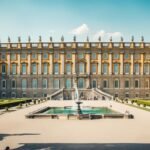 Explore Pitti Palace, Florence: A Royal Gem
Explore Pitti Palace, Florence: A Royal Gem
